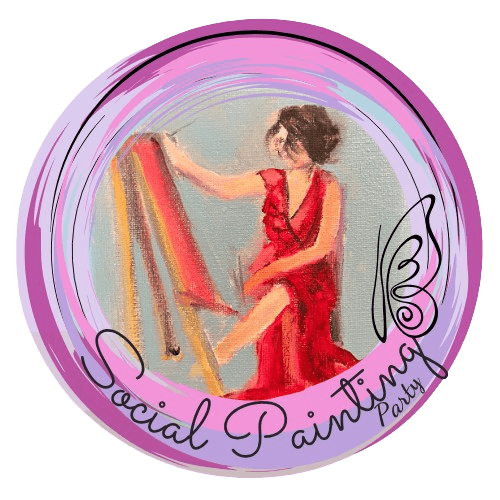Carl Jung's Influence on Art and the Shadow Self
Carl Jung's Visionary Perspective on Art
Carl Jung, a prominent figure in psychology, profoundly influenced how we perceive and interpret art. His exploration of the human psyche introduced concepts that have significantly shaped artistic expression. Jung believed that art is a manifestation of the unconscious mind, offering a window into the depths of the human soul. This perspective invites both artists and viewers to engage with art on a deeper, more introspective level.
According to Jung, the creative process is akin to a journey into the unconscious. Artists, through their work, tap into universal symbols and archetypes that resonate with the collective unconscious. This connection enables art to transcend individual experiences and communicate broader human truths.
The Concept of the Shadow Self
One of Jung's most compelling contributions to psychology and art is the concept of the "shadow self." The shadow represents the parts of ourselves that we repress or deny, often because they are deemed socially unacceptable or uncomfortable. However, Jung believed that acknowledging and integrating the shadow is crucial for personal growth and self-awareness.
In art, the shadow self serves as a powerful source of inspiration. Many artists explore themes of darkness, conflict, and duality, reflecting their own struggles with their shadow aspects. This exploration can lead to profound artistic expressions that challenge viewers to confront their own hidden selves.

Art as a Mirror of the Psyche
Art inspired by Jungian concepts often acts as a mirror, reflecting the complexities and contradictions within the human psyche. By engaging with such art, individuals are prompted to explore their own psychological landscapes. This process can be both enlightening and transformative, offering insights into one's fears, desires, and motivations.
Jung's influence also extends to various art movements. Surrealism, for example, with its dreamlike imagery and exploration of the unconscious mind, aligns closely with Jungian ideas. Artists like Salvador Dalí and Max Ernst delved into the surreal to depict the hidden aspects of human experience.

The Role of Archetypes in Art
Jung's theory of archetypes further enriches our understanding of art. Archetypes are universal symbols or themes that recur across cultures and eras. They include figures like the Hero, the Mother, and the Trickster. These archetypes provide a framework for interpreting art, allowing us to see beyond surface appearances to uncover deeper meanings.
Artists often use archetypal themes to create works that resonate on an instinctual level with audiences. This connection is not just intellectual but emotional, as archetypes evoke shared human experiences and emotions.
Contemporary Art and Jungian Influence
Today, Jung's influence continues to inspire contemporary artists who seek to explore the complexities of the human condition. Many artists incorporate Jungian themes and symbols into their work, offering fresh perspectives on age-old questions about identity and existence.
The integration of Jungian psychology in modern art highlights the enduring relevance of his ideas. Artists are not only creating visually compelling works but also inviting audiences to embark on journeys of self-discovery. Through art, they encourage us to confront our shadow selves and embrace the full spectrum of our humanity.

